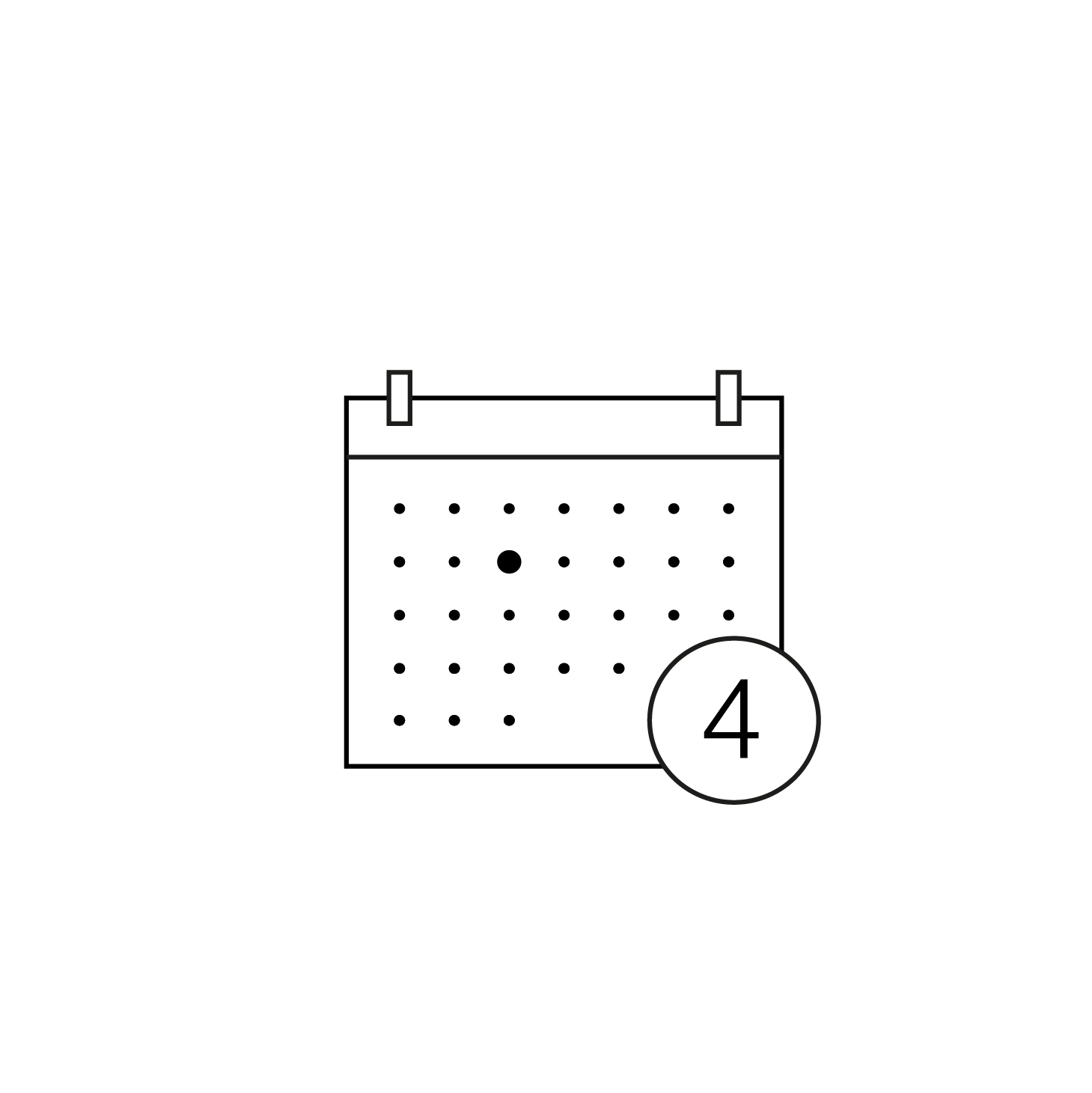The history of Burgundy wines goes back more than 2000 years. At that time wine was mainly produced and drunk by the Romans. When the Romans invaded Gaul and especially Burgundy, they realized that the Burgundian lands were ideal for wine production. They then began to produce Burgundy wines. Later in the Middle Ages, wine was considered a sacred drink by the Church and a lot of effort was put into developing the vines and the methods of winemaking. In the 17th century, power was no longer in the hands of the Church but rather in those of the members of the Court, the nobility and the Haute Bourgeoisie. Present at many of the great meals of the Court, the wine of France became an essential. Burgundy wine was no longer known only in France but also abroad, particularly in England. The 18th and 19th centuries are marked by the development of winemaking techniques, which are more and more advanced. There was a clear improvement and as a result, national classifications were organised in order to distinguish and promote the best wines on the market. With the World Wars at the beginning of the 20th century, the production and sale of wines declined. The fall in the production and sale of wine, pushes some winegrowers to sell their land to survive.
See more
The vineyards that produce Burgundy wine extend from Auxerre to Mâcon over an area of 27,200 hectares. There are 5 sub-regions of production: Chablis and Yonne, Côte de Nuit, Côte de Beaune, Côte Chalonnaise and Mâconnais. These different sub-regions each have a different climate which allows them to offer totally different wines. There are 4 major grape varieties in Burgundy; Chardonnay (48%), Pinot Noir (36%), Gamay (10%) and Aligoté (6%). There are of course other grape varieties such as Sauvignon, César or Sacy for example, but these only represent 2% of the land.
In France, many prestigious wines are classified as Appellation d’Origine Contrôlée (AOC) wines. AOC Burgundy wines alone account for 20% of French AOC wines; an important and significant part of their excellence. There are 100 AOC Burgundy wines. They are grouped into 3 categories: AOC Regional, AOC Village/Communal and AOC Grand Cru. The AOC Régionales is an appellation that covers the entire territory of the Burgundy region and represents 23 AOCs. The AOC Villages/Communales bear the name of a commune and their territory is limited to this same commune; there are 44 AOC Villages/Communales. Finally, the AOC Grands Cru are wines produced on delimited plots of land; there are 33 of them.













